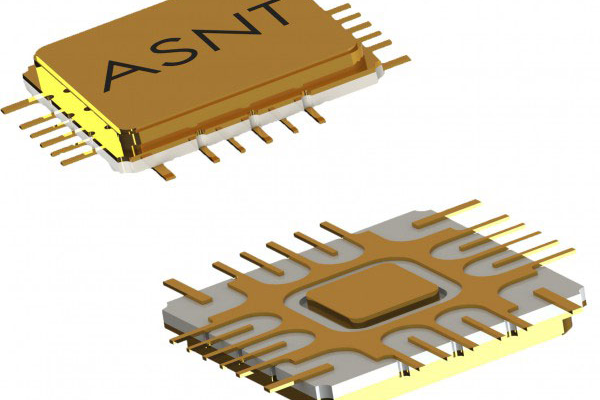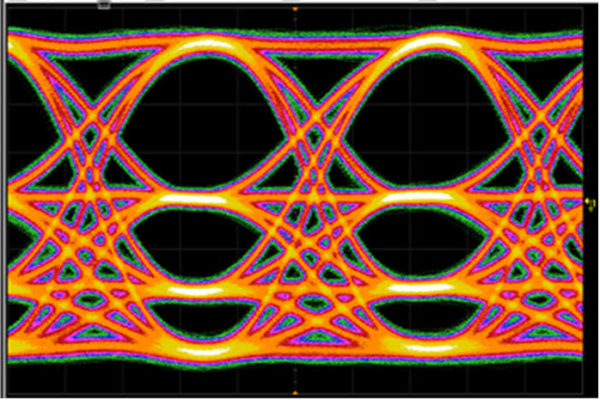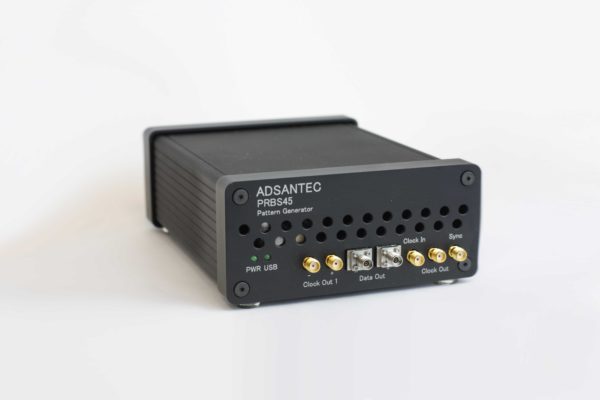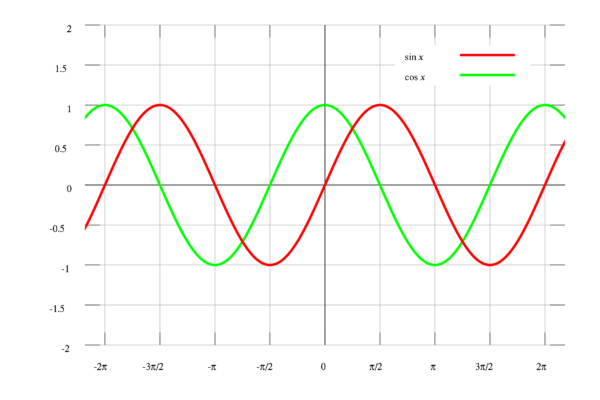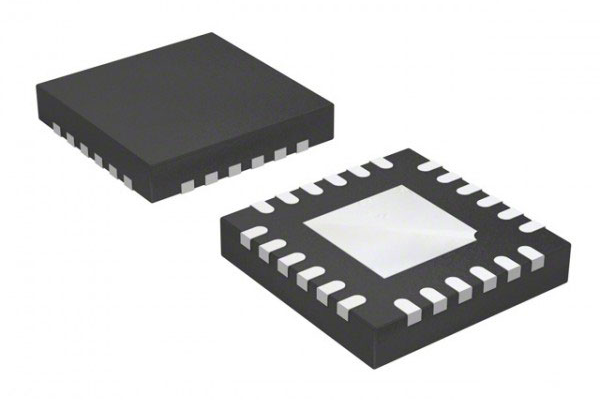Frequency Multiplier aka Doubler
What is a Frequency Multiplier aka Doubler? A frequency multiplier or frequency doubler is a common IC function found in many areas from telecom, to wireless, to test and measurement. In general, the electronic circuit takes the input clock frequency and multiplies the frequency by a factor of more than 1. In most cases, it’s by […]
Cross Switches
What is a Cross Switch? A crossbar switch (cross-point switch, cross switch) is in general a collection of switches set in a matrix configuration usually featuring multiple inputs and outputs. Different connections between the inputs and outputs can be formed by selecting different states of the switches. In this manner, a user can dynamically choose which […]
Frequency Dividers
What is a Frequency Divider? Frequency dividers are used to divide down the frequency of an input clock signal. They can be both broad band and narrow band. Some are static meaning they have a fixed frequency divider ratio while others are dynamic and are selectable. To add flexibility to the design, most dividers have more […]
Phase Detector
What is a Phase Detector? A phase detector provides information on the phase difference between different signals. In many common applications in the telecommunications market, a phase detector is incorporated into a receiver side clock and data recovery (CDR) unit. In these cases, the phase detector is utilizes to determine the phase different between the […]
PAM4 Clock Recovery
What is PAM4 Clock Recovery? One method to retime PAM4 data on the receiver side of a link is to use a clock recovery approach. In most cases, this involves some sort of clock and data recovery (CDR) functionality. Clock is initially recovered from the input data signal and is then used to retime that […]
PRBS Generator – Generating Pseudo Random Binary Sequence
What does a PRBS Generator do? A PRBS generator is a standard piece of equipment that generates these desired PRBS test signals. It can be as simple as a connectorized PCB featuring an FPGA or ASIC or a highly sophisticated solution featuring a complete user interface. Since these signals are meant to test / evaluate parts […]
How Does a Phase Locked Loop Work?
A Phase Locked Loop (or PLL as it’s commonly called) is one of the most important electronic circuits ever developed. The PLL functions as a key building block for the many RF systems all around us. However, despite its popularity, many people don’t know how the loop functions. Join us as we discuss its working […]
All You Need To Know About PRBS Generators
A Pseudorandom Binary Sequence (PRBS) is one of the most important sequences ever generated. This binary pattern is commonly generated by a special pulse pattern generator called the PRBS generator, which find applications in telecommunication, correlation technique and encryption, etc..
Will a 4-bit ADC Work for Signal Processing?
An Analog to Digital Converter (ADC) is one of the most useful electronic integrated circuits ever invented. As the microprocessors in our computer can only handle digital data, ADC perform the very important task of converting continuous, analog data into its discrete and digital equivalent.
The 7 Essential Logic Gates
To implement Boolean functions, designers use electronic gates. Because they function on simple logical operations, they are commonly stylized as ‘logic’ gates. These gates are incredibly common and feature excessively in our day to day life. From mobile phones to washing machines, everything has logic gates in them!
Limiting Amplifiers vs. Limiters
Contrary to popular belief, limiting amplifiers and limiters are NOT the same thing. There’s a subtle difference between the two that has massive implications on their working and their applications.
The Perils of Undersampling
In the realm of digital signal processing, undersampling occurs when the Nyquist theorem isn’t appropriately followed.
The Do’s and Don’ts of Transimpedance Amplifier (TIA) Design
The first thing students learn about an operational amplifier is that its gain is incredibly high. Now if a feedback resistor is connected between the negative input terminal and the output terminal, an extremely high current is reflected, which goes through the feedback resistor. This simple design is called the transimpedance amplifier and is used […]



